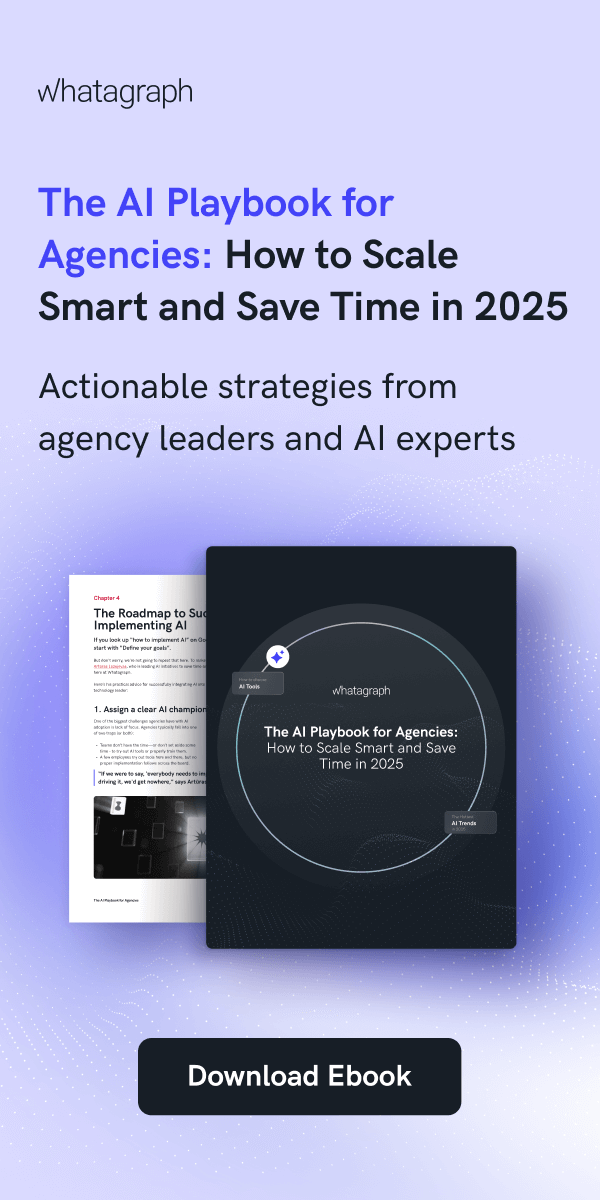Kriu
As your agency grows, managing teams shouldn't slow you down. Easily assign people to projects, track workloads and keep every service profitable without messy spreadsheets or manual processes. Work smarter, scale faster.

Effective Strategies for Building Quality Backlinks in Digital Marketing
Among all, backlinks are one of the most important ingredients for any strong SEO strategy. They bring not only direct traffic to your website but also help improve your site’s authority and search engine rankings. Building quality backlinks might be …

Best Free SERP Checker & Tracker Tools in 2025
If you want to rank higher and get more organic traffic to your website, free SERP checker tools are the great ones to help your rankings in the search engines. Let’s look at what a SERP is and why a …

How to Perform a Content Gap Analysis: 7 Strategies for SEO Beginners
There are an estimated 3.5 billion searches on Google each day, making a content gap analysis a crucial process when looking to improve website visibility through organic search engine optimization (SEO) efforts. Search engines are constantly scouring the web to …

11 Best AI SEO Tools & Software of 2025
Online content creation cannot be done without the best AI SEO software. Search engine optimization (SEO) is the process of optimizing websites’ content visibility and ranking on search engine results pages (SERPs). It’s an essential process of any online content …

Top 15 SEO Agencies in the World for Organic Growth Strategies in 2025
How important is SEO for businesses today? No SEO = No Visibility So, don’t risk being lost online. Even with great products or services, potential customers won’t find your website if it isn’t optimized. SEO is what gets your business …

Best SEO Agencies for Startups & Small Businesses in 2025
With the right SEO strategy, search engines can become a stage to reach your target audience and showcase your best performance as a startup or ambitious small business. Mostly, startups and small businesses need to be heard by more people …

Top 9 E-Commerce SEO Agencies & Case Studies That Tell Success Stories
Boosting an e-commerce business requires extra attention to every tiny detail. From product descriptions, videos, and reviews to rocketing the website’s speed and ensuring it’s optimized with the right SEO keywords, every aspect of your e-commerce store’s SEO needs careful …

The Impact of Website Speed on SEO and User Experience
How important is website speed in SEO? How does it affect the user experience? It matters a lot. Website speed is one of the metrics used by search engines for ranking websites. It also directly affects the user experience, as …
The Importance of Tracking SERPs and How To Do It In 2025
One of the indicators by which you can check the effectiveness of the website’s SEO is the position in the search results. If the chosen strategy is effective, you will see the website in the top 5 positions on the …

How These 7 Successful SEO Case Studies Transformed Online Visibility
By analyzing and diving deep into numerous SEO case studies, you can understand how the top SEO agencies did it before and how you can overshine them. From solving technical puzzles to creative content innovations, we’ll share 7 examples in …

10+ SEO Reporting Essential Metrics to Track
If you’re a beginner marketer, SEO professional, or business owner wanting to understand SEO reporting, you’re in the right place. This article will cover the key metrics to track and share practical tips on communicating your SEO successes. By the …

How to Choose a Trustworthy SEO Agency in 6 Steps (and 3 Mistakes to Avoid)
Standing out online is non-negotiable in the age we live in. That’s where SEO comes in to help your website shine online. With countless SEO companies claiming to deliver great results, finding the right one can be challenging. The right …
























